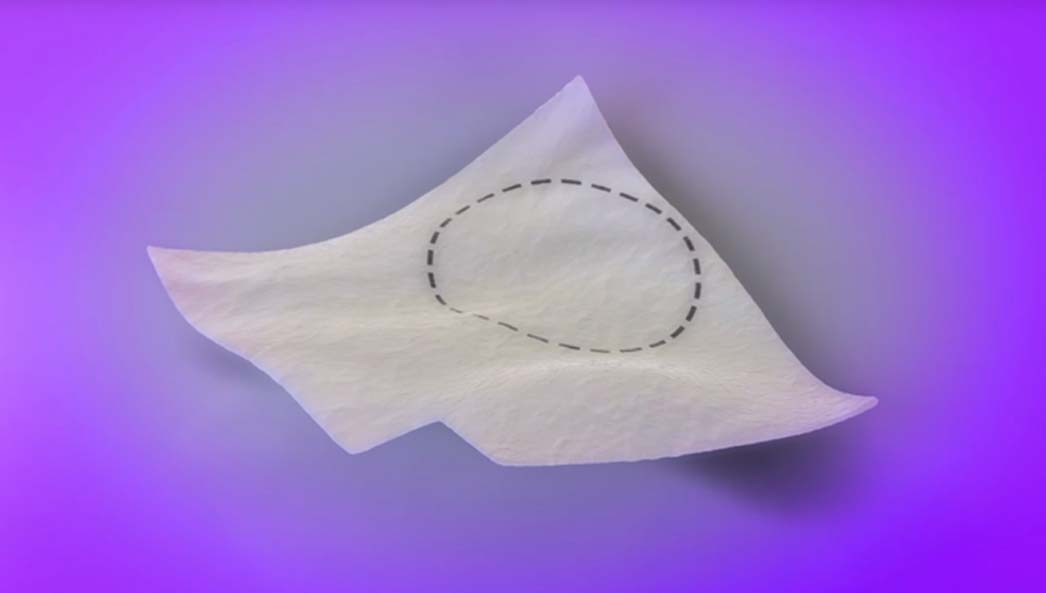MACI is the third and newest generation of autologous chondrocyte implantation (ACI), and it has made new strides to help knee pain sufferers get back to their active lives.

ACIs have been around for more than two decades to treat articular cartilage damage in the knee. Phase one of an ACI usually consists of an arthroscopy where a surgeon harvests a patient’s cartilage cells. These cells are then sent to lab where they are treated and multiplied to form a new cartilage implant. Phase two consists of implantation surgery. A surgeon implants this new tissue in the patient’s knee, and this actually helps to rebuild knee cartilage over the course of recovery.
EARLIER GENERATIONS OF ACI
The first and second generations of ACI required a longer and more invasive procedure. The earlier ACIs required a surgeon to use a separate membrane to secure new cartilage cells in place over a patient’s cartilage using sutures. This was time consuming and cumbersome for surgeons and caused trauma and scar tissue formation to surrounding tissue.
HOW MACI IS DIFFERENT
What differentiates MACI (matrix-induced ACI) from previous generations of ACI is its simplified, cutting-edge approach to cartilage cell implantation. As part of the MACI manufacturing process, a patient’s new cartilage cells are applied directly and uniformly onto a porcine collagen membrane. This durable membrane can be shaped to the exact size of a patient’s defect and secured in place during surgery using fibrin glue. The use of glue rather than sutures creates a simpler, less time-intensive surgical process that causes less trauma to the patient’s surrounding tissue.
The versatility of the MACI membrane means it can treat defects in multiple areas of the knee, including the lateral femoral condyle, the medial femoral condyle, the patella, and the trochlea, and more difficult to treat cartilage damage, like uncontained defects.

Please see below for full indication and ISI. Blog posts are intended to provide educational information. Always talk to your doctor with any questions.


